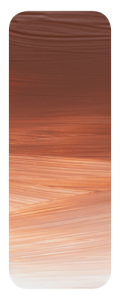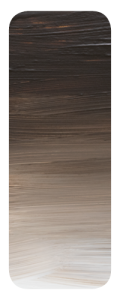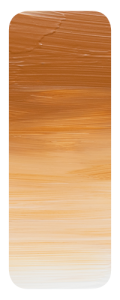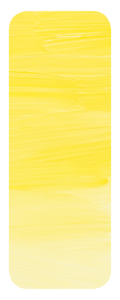Description
Cerulean Blue (Hue) | Matisse Studio acrylic paint
The name Cerulean derives from Latin, meaning "sky blue," making the term "Cerulean Blue" oddly repetitive—essentially saying “sky blue blue”—proof that language doesn’t always follow strict logic. First synthesised by French chemist Louis Jacques Thénard in 1804, this new greenish-blue pigment was left forgotten for over 50 years, until artists recognised its full potential—as a bright and thoroughly/remarkably fade-resistant colour. The longevity of Cerulean Blue can be attributed to its cobalt-tin composition, making it one of the most lightfast pigments, alongside Titanium White and Chromium Green Oxide. A chromium-based variation of the colour was introduced in the mid-20th century, maintaining the same stability as earlier iterations. This colour is now used to inform the blend of colours that go into making up Matisse Studio Cerulean Blue hue.
Cerulean Blue Hue echoes the historic Azurite but with superior durability. Though slightly deep for painting skies on its own, when blended with Australian Sky Blue, this bright, semi-transparent colour creates beautiful atmospheric effects. Mixed with Phthalo Green, it makes luminous turquoise hues, perfect for lush landscape paintings and beyond. A range of soft, neutral greys can also be achieved by blending Cerulean Blue Hue with Cadmium Orange, or stunning shades of deep mauve when combined with Venetian Red—as a faithful and flexible palette companion.









